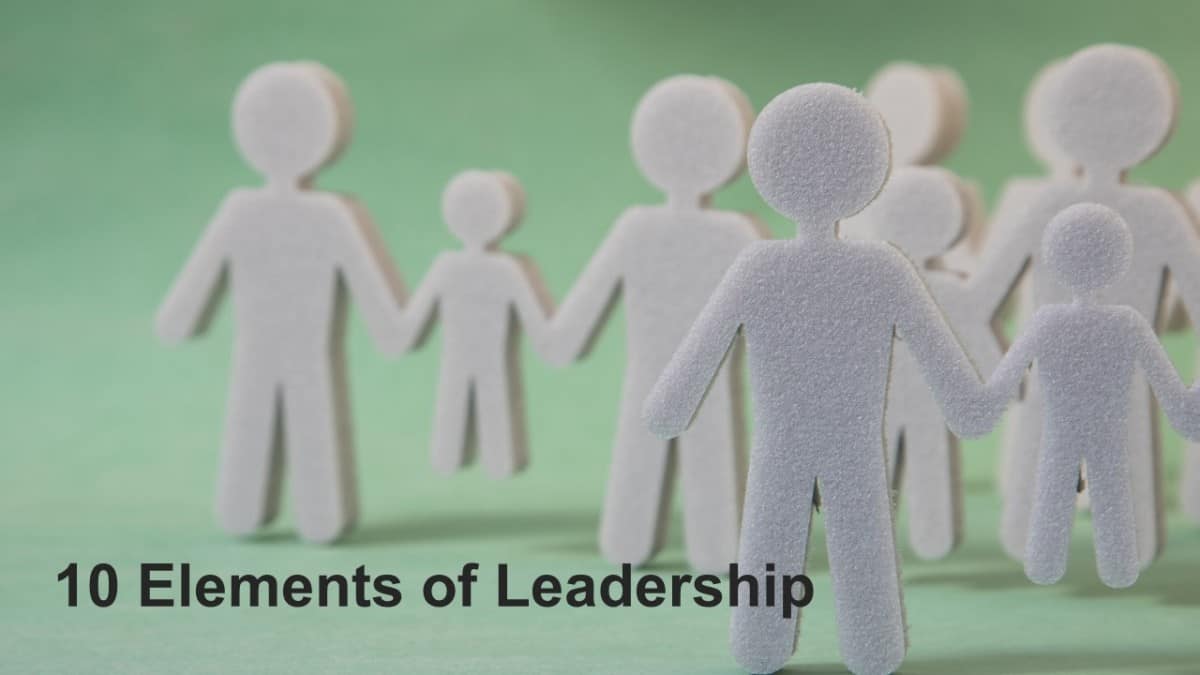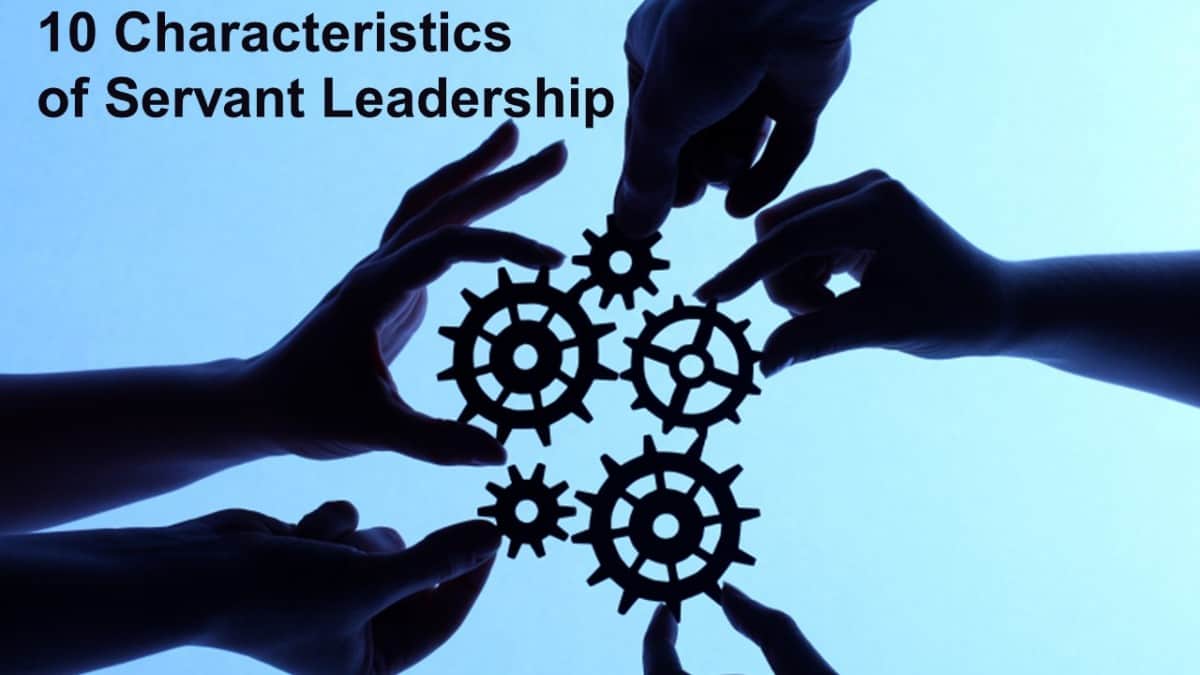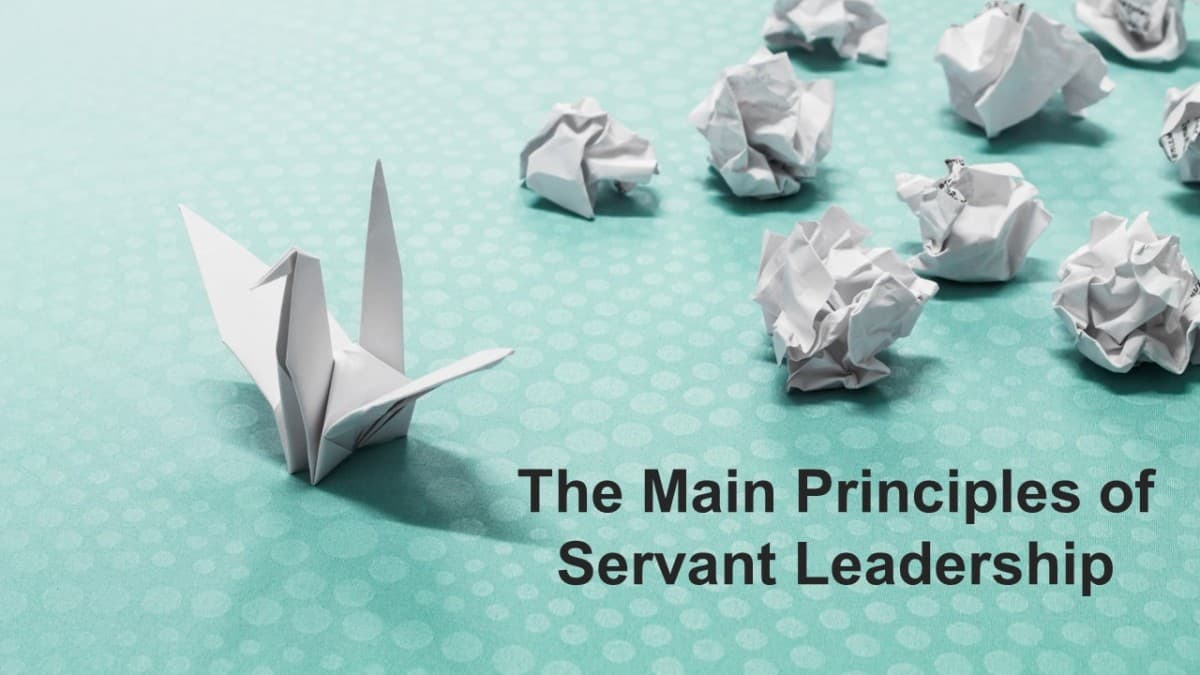The Impact of Servant Leadership in an Organization

The impact of servant leadership in an organization can be seen in employees’ performance, commitment to their work, and their level of trust in leadership. Servant leaders demonstrate care toward employees, keep them motivated, and help them feel psychologically safe, resulting in these positive impacts.
Why Servant Leadership Is Important in Business

Servant leadership is important in business because it puts people first and emphasizes relationships over results. The principles of servant leadership are conducive to a positive employee experience, support a collaborative, inclusive work environment, and keep employees motivated to consistently perform well.
The Most Important Leadership Quality Today

The most important leadership quality today isn’t results, though many leaders continue to focus primarily on results as a measure of their effectiveness. To lead your team to success in today’s workplace, you have to be a culture-first leader who fosters a positive employee experience for all team members.
How to Be a Servant Leader (7 Steps)

Authenticity and trust-based relationships are central to servant leadership. Servant leaders are able to build strong relationships and generate cultural buy-in in ways that contribute to a high degree of employee engagement and employee satisfaction. Some of the common characteristics of servant leadership include appreciation, a caring attitude, humility, strong listening skills, and a high degree of trust.
The Role of a Servant Leader

The role of a servant leader is to serve others first rather than seek material rewards and more power for themselves. The servant leader is a good steward of the organization’s resources, particularly its people, and inspires leaders to serve others first as they guide teams toward achieving a vision.
7 Key Principles of Servant Leadership

The seven key principles of servant leadership are authenticity, strong communication, integrity, compassion, empowerment, continuous improvement, and putting others first. They reflect the values of servant leadership, support a positive employee experience, and keep team members motivated to perform well.
How Leaders Influence Others

Leaders influence others in positive ways by building trust-based relationships with them, committing to their growth, maintaining authority while offering them autonomy, fostering a culture of accountability, articulating a vision that unites them with a shared sense of purpose, and valuing people over profits.
10 Elements of Leadership

The 10 elements of leadership are authenticity, effective communication, coachability, supporting a culture of feedback, commitment to alignment, openness to differing ideas, transparency, the ability to shift behavior based on mistakes, humility, and vulnerability.
10 Characteristics of Servant Leadership

The 10 characteristics of servant leadership are listening, empathy, healing, awareness, persuasion, conceptualization, foresight, stewardship, commitment to the growth of people, and building community. These characteristics are conducive to building authentic, trusting relationships with team members.
The Main Principles of Servant Leadership

The main principles of servant leadership are listening, empathy, healing, awareness, persuasion, conceptualization, foresight, stewardship, commitment to the growth of people, and building community. These characteristics are conducive to building authentic, trusting relationships with team members.